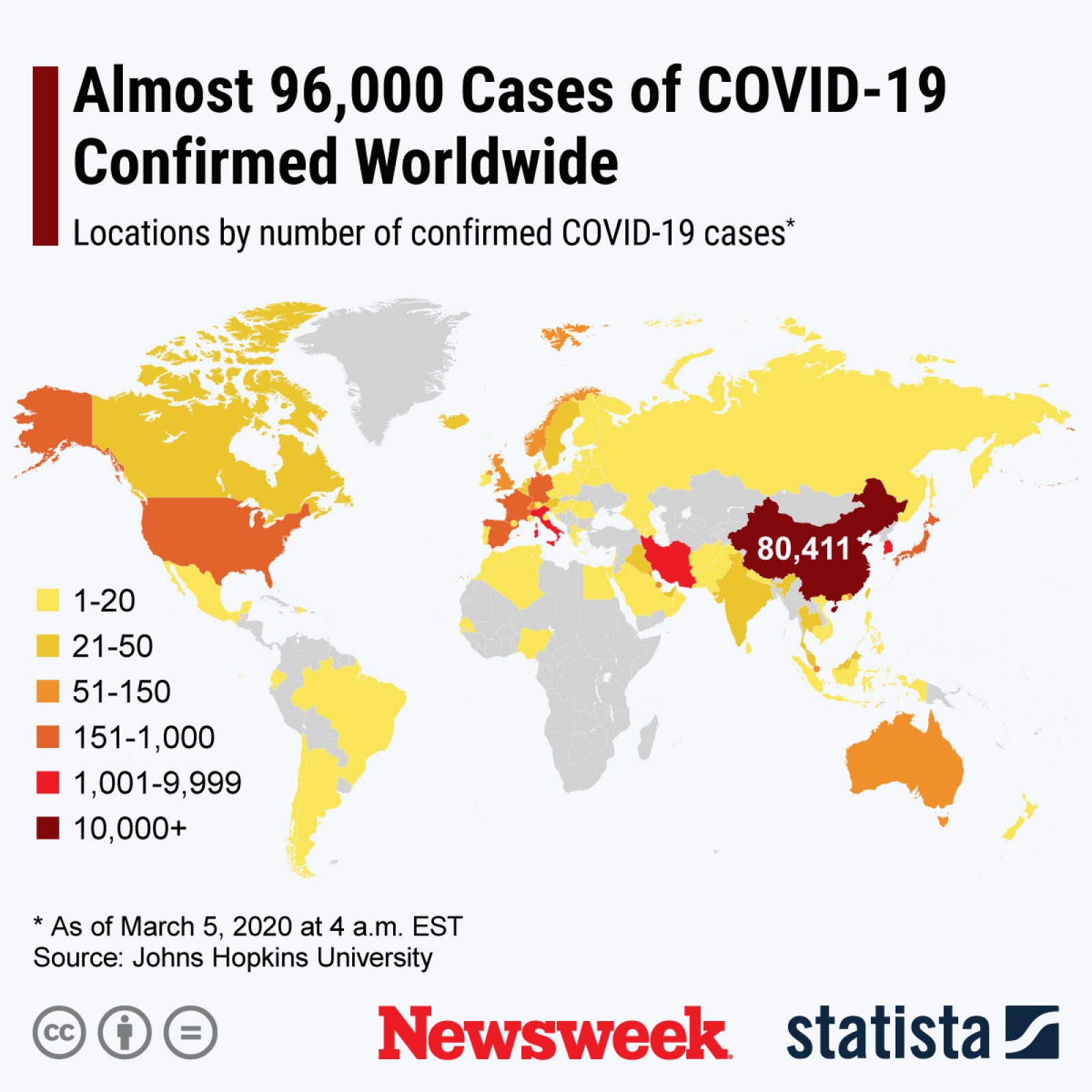Mapped: The spread of coronavirus across India’s districts
The best twenty high-trouble locales incorporate state capitals and a few modern center points of the nation, a region astute investigation of cases appears
The tale coronavirus, which causes COVID-19, has been an incredible leveler from multiple points of view, devastating lives and employments of the rich and poor. However, it appears to have influenced the more extravagant pieces of the world considerably more than the less fortunate ones. Up until this point, a similar content is by all accounts happening in India, as well.
The infection has hit well-off locale and states far harder than their less fortunate partners, as per a Mint investigation of region shrewd case information. The monetary effect could be serious as these districts are probably going to stay under lockdown for a more extended period.
The investigation depends on region savvy case information assembled by howindialives.com for 717 areas and utilizations a basic characterization to sort locale into four pails: regions with in excess of 100 affirmed cases as of mid-April (set apart as red), regions announcing between 20-100 cases (orange), regions revealing under 20 cases (yellow), and regions without any cases (green).
In view of this arrangement, 20 locales fall in the high-trouble red zone. These record for the greater part of every affirmed case and 67% of passings. An aggregate of 87 locales is in the orange zone and 292 regions lie in the yellow zone. The staying 318 is in the green zone.
Practically all the red locales are prosperous and urbanized, and green regions are perpetually poor. The more well-to-do the locale, the higher the odds that COVID-19 cases have been accounted for there, shows the investigation.
The arrangement of locale is extensively like that of the Union wellbeing service’s grouping discharged on Wednesday. In any case, the service’s arrangement includes state-level standards—for instance, the portion of cases in an express that a specific region represents—all things considered to be utilized by state-level authorities. The Mint examination shuns state-level models and gives an evaluation of the countrywide dispersion of cases.
The information on prosperity is gotten from the National Family Health Survey (NFHS) of 2015-16, the last official overview to give locale astute agent information on socioeconomics and family unit resources. The examination of abundance across locale is confined to 135 regions, which have at any rate 10 COVID-19 cases and for which equivalent information on riches is accessible from NFHS.
Eleven major states represent the entirety of the red zone areas. These incorporate a portion of India’s most prosperous states, for example, Delhi, Maharashtra, Gujarat, and Tamil Nadu.

